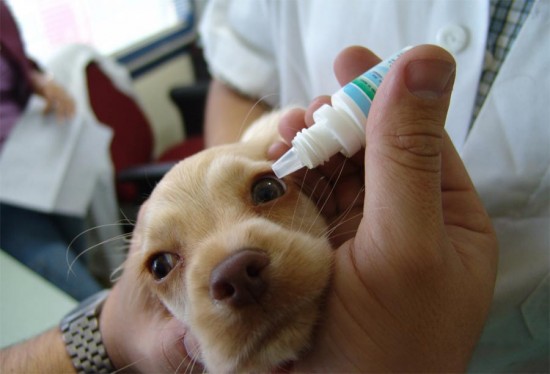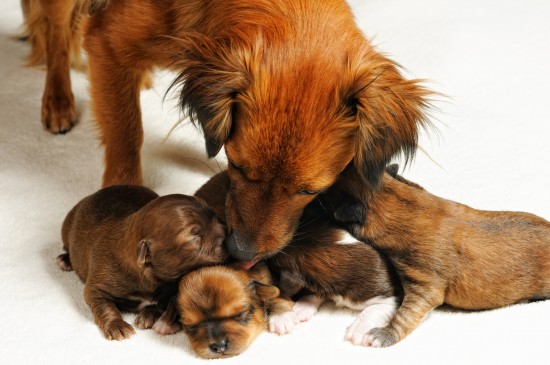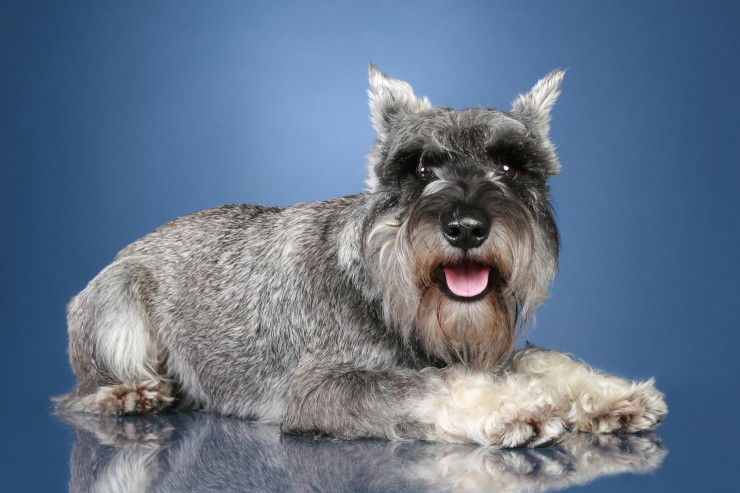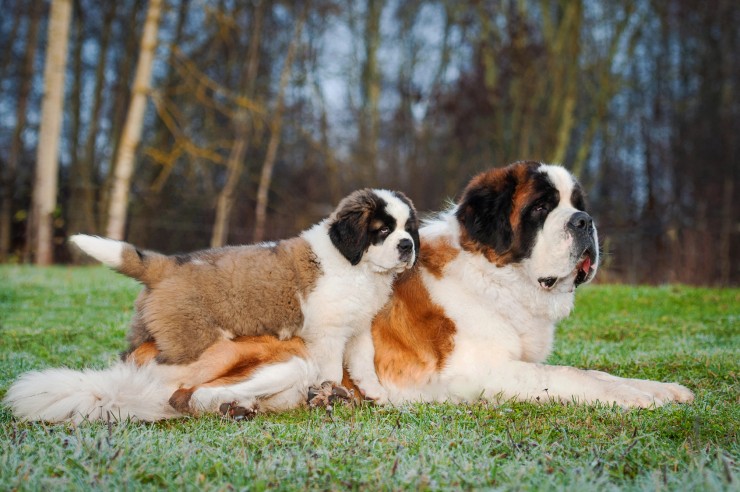

One of the diseases of the eye that is common in dogs is called 'dry eye'. This is a serious condition that if left untreated can result in permanent damage and even blindness.
Although the veterinary name for the condition is Kerato Conjunctivitis Sicca (KCS) the common name used by veterinary surgeons is 'dry eye'. In a nutshell the condition is just as it seems - a dry eye, which has a severe lack of tear production.
Tears are vitally important in protecting the surface of the eye. In healthy dogs the eyes should look bright, clear and also moist. The tears are produced in glands around the eye and are spread over the eye by blinking. This process helps form a protective layer over the surface of the eye. It is this protection that keeps the surface of the eye and the inside of the eyelid healthy.
Tears are not just salty water they have much more important functions. They do not only lubricate the movement of the eyelid (imagine trying to blink without that lubrication and how sore the eye would get), but they also:
It is clear without these tears the healthiness of the eye is very compromised. In dogs with 'dry eye' the tear glands do not work efficiently and produce tears.
It is thought by researchers this is due to the animal's immune system. In a healthy dog the immune system works to protect the animal against disease, however in 'dry eye' the dogs immune system seems to believe its own tear glands are 'foreign' and therefore the body attempts to destroy them.
If a dog with 'dry eye' is left untreated, the tear glands become progressively damaged by the body's immune system and in severe cases they can cease to produce tears completely.
As with many eye infections owners may see different signs in their dog, and many of the symptoms of dry eye can develop over time. Some of the signs may happen together, some may not happen at all and all can vary in severity. Symptoms to be aware of include:
The signs may lead a veterinary surgeon to diagnose 'dry eye' in the dog, however in early stages of the disease the eye may not appear to be dry.
To determine whether the dog is suffering from 'dry eye', the veterinary surgeon should carry out a special procedure called the Schirmer tear test. A small strip of specially marked absorbent paper is placed under the dog's bottom eyelid and left in place for 1 minute. The fluid in the dog's eye will be absorbed into the strip and the vet can then determine the volume of tears present.
If the fluid reaches the number 20 on the scale, then there is normal tear production, if the scale is below 15 then there is possible shortage of tears. In 'dry eye' the scale is below 10 and this shows insufficient tear production.
This test for both eyes can be performed during a consultation and although it looks as if it could be uncomfortable for the dog, most dogs will tolerate the test very well.
Once diagnosed, 'dry eye' is a lifelong condition and as such will need lifelong treatment. At present there is only one drug found to be effective in the treatment of 'dry eye'. The drug contains cyclosporin which acts to reverse the immune system and was originally developed for humans to prevent organ rejection during transplants.
Although this seems to be the only effective drug for the condition, your vet might also speak to you about:
If your dog has been diagnosed with 'dry eye' and your veterinary surgeon has prescribed the cyclosporin-based drug, it is important to continue the medication and not stop applying the ointment, even if the eye looks better. If the treatment is stopped for any reason, then the immune system starts to attack the tear glands again and cause further damage.
Although this disease cannot be cured it is important to visit your vet for regular check-ups as the dogs progress will need to be monitored and further tear tests will need to be carried out, to record the production of tears.
 Neutering Your New Cat Or Kitten
Neutering Your Ne
Neutering Your New Cat Or Kitten
Neutering Your Ne
 How The Dam Behaves Once Her Litter Is Born
How The Dam Behav
How The Dam Behaves Once Her Litter Is Born
How The Dam Behav
 Foods That Help Older Dogs Stay In Good Condition
Foods That Help O
Foods That Help Older Dogs Stay In Good Condition
Foods That Help O
 What Puppy Buyers Need To Know About The New Microchipping Regulations For Dogs
What Puppy Buyers
What Puppy Buyers Need To Know About The New Microchipping Regulations For Dogs
What Puppy Buyers
 Volunteer For A Pet Adoption Day
In larger cities, homeless pets wander aimlessly, searching
Volunteer For A Pet Adoption Day
In larger cities, homeless pets wander aimlessly, searching
Copyright © 2005-2016 Pet Information All Rights Reserved
Contact us: www162date@outlook.com